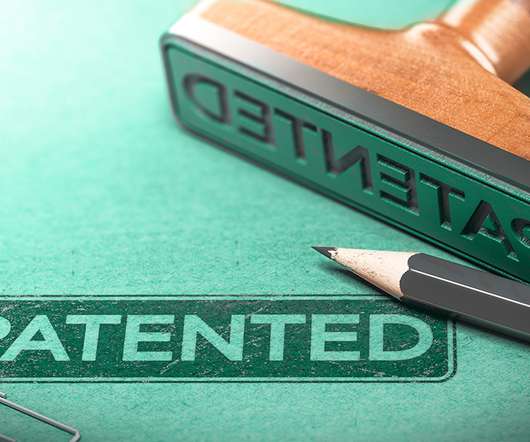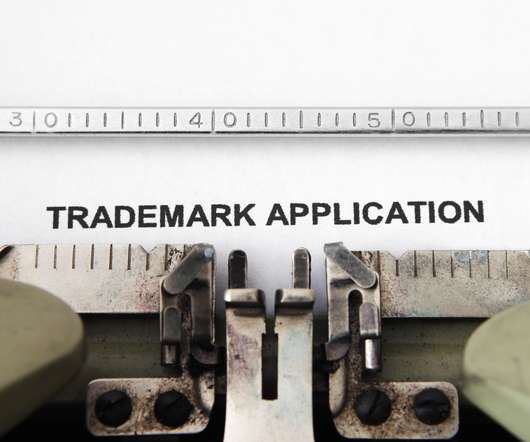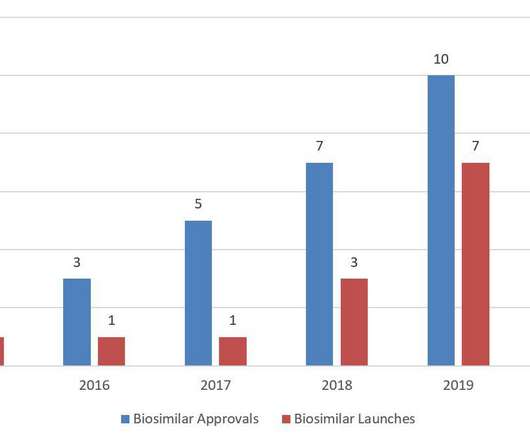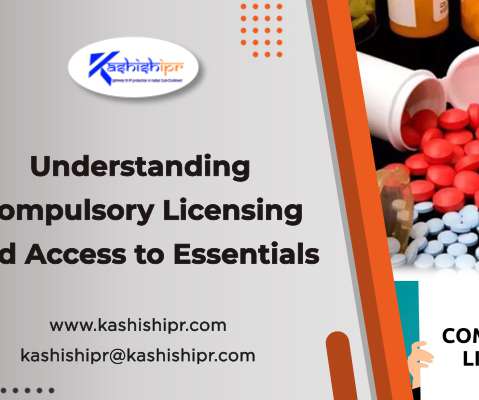“Prior public use”: an effective ground for opposition against the grant of a European patent
Garrigues Blog
NOVEMBER 15, 2021
One of the most effective ways of obtaining the revocation is to prove “prior public use”. One of them is undoubtedly, “prior public use”, since unless the case is very evident, the EPO is not usually able to collect this type of evidence as a result of the search that it conducts for the state of the art during the grant procedure.














Let's personalize your content